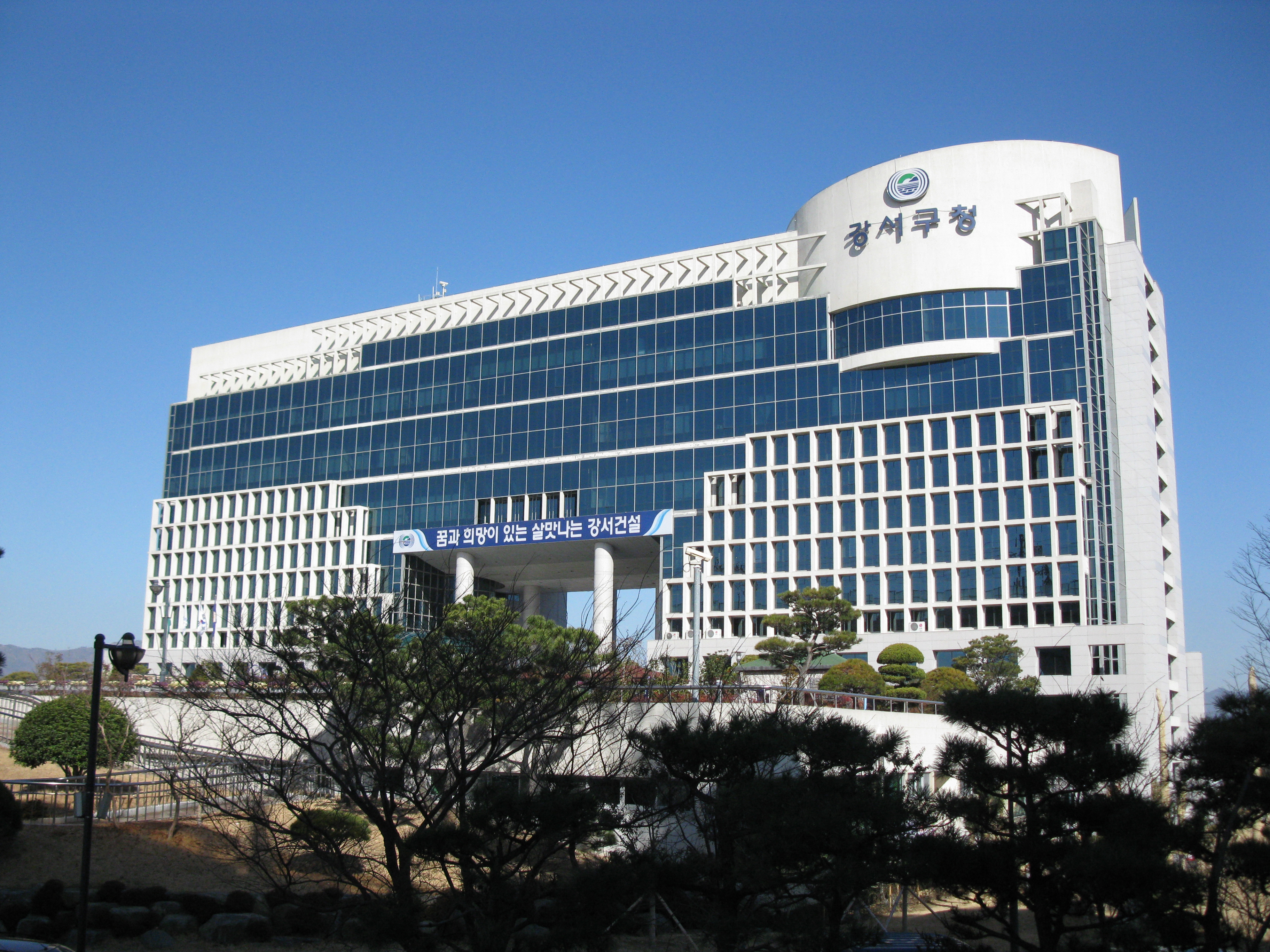|
Gangseo-gu
Gangseo-gu (), or "''west of river'' district," is the name of a ''gu'' in 2 South Korean cities: * Gangseo District, Busan * Gangseo District, Seoul See also * Kangso-guyok, district of Nampo, North Korea {{Set index ... [...More Info...] [...Related Items...] OR: [Wikipedia] [Google] [Baidu] |
Gangseo District, Busan
Gangseo District () is a '' gu'' on the west side of Nakdong River in Busan, South Korea. It has an area of 179.05 km2, and a population of about 66,000; it has a lower population density than Gijang County of Busan. Gangseo-gu was part of Buk-gu from its creation in 1978 to 1989 when it became an independent ''gu''. Gangseo-gu is the westernmost ''gu'' in Busan and it shares a common borders with Gimhae on its north-west side and Jinhae District, Changwon on its south-west side. Gangseo-gu is the birthplace of the Gaya civilization. Gimhae International Airport, Heungguk Temple, Myeongwol Temple, as well as the Eulsukdo bird sanctuary are located in Gangseo-gu. Administrative divisions Gangseo-gu is divided into 22 legal ''dong''. They have been grouped together to form only 7 administrative ''dong'', as follows: * Daejeo 1-dong * Daejeo 2-dong * Gangdong-dong * Myeongji 1-dong * Myeongji 2-dong * Garak-dong (4 legal ''dong'') **Jukrim-dong, Sikman-dong, Jukdon ... [...More Info...] [...Related Items...] OR: [Wikipedia] [Google] [Baidu] |
Gangseo District, Seoul
Gangseo District (; ) is one of the 25 districts (''gu'') of Seoul, South Korea. It is located on the south side of the Han River. South Korea's third busiest airport, Gimpo International Airport, is located in Gonghang-dong, where many flights fly to cities like Busan, Jeju, and Gwangju. The Magok Industrial Complex, located in Magok-dong, is a major hub for research and development, housing numerous R&D centers and corporate headquarters. History Origins The earliest recorded name of the area was Jechapa-ui (齊次巴衣), which appears in the Samguk Sagi (History of the Three Kingdoms) under the Goguryeo section. Jecha (齊次) is derived from Jegye (齊戒), meaning ritual or sacrifice, while Pa-ui (巴衣) is an ancient word meaning “rock.” Together, the name means “rock for offering rituals.” During the Hanseong Baekje period, the Baekje king conducted rituals inside a cave at Heogabawi Rock, praying to the land gods for prosperity. This led to the name ... [...More Info...] [...Related Items...] OR: [Wikipedia] [Google] [Baidu] |
